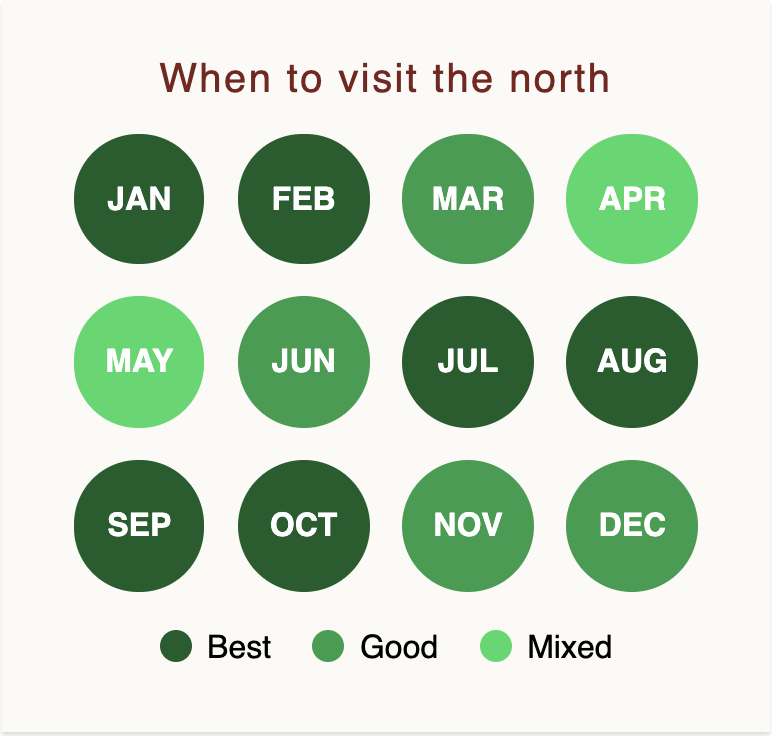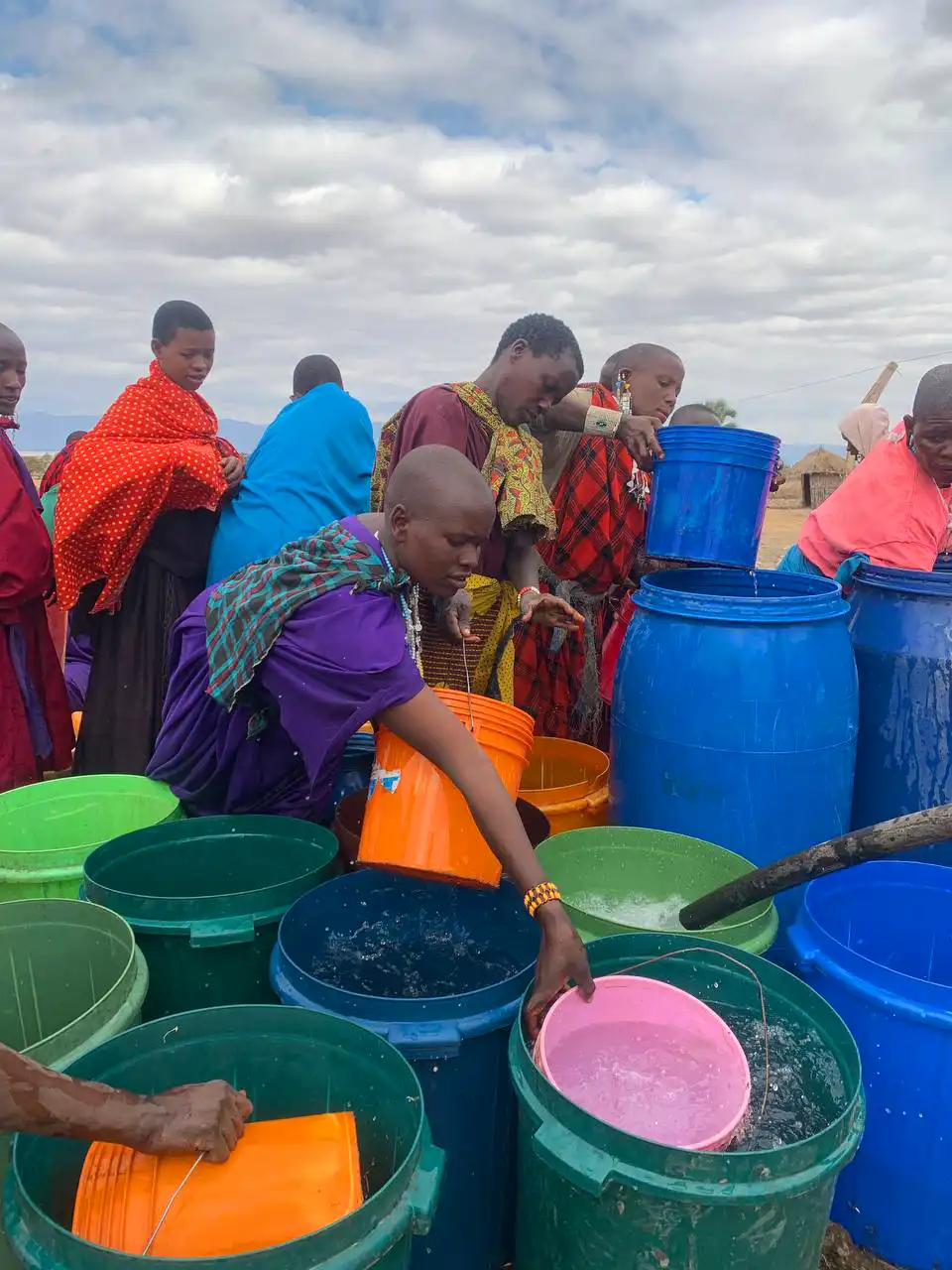The Hadzabe, also known as the Hadza, are one of the world’s last remaining hunter-gatherer tribes, with an estimated population of only about 1,200 people. They speak a unique click-based language and live entirely off the land, hunting wild game and foraging for edible plants, fruits, roots, and honey. Unlike most other communities, the Hadzabe do not farm, herd livestock, or even build permanent homes. Their existence is mobile, dictated by the seasons, the wildlife, and the natural rhythms of the bush.
What’s astonishing is that their lifestyle today is nearly identical to that of their ancestors thousands of years ago. They hunt with handmade bows strung with animal sinew and arrows dipped in poison derived from desert plants. They make fire using sticks and friction, sleep in makeshift huts or beneath the stars, and hold deep knowledge of the natural world. Spending time with them, even just a morning, feels like stepping into a time capsule, where technology and modern distractions hold no value.
Just a short distance from the Hadzabe territory, the Datoga people live a life that stands in sharp contrast. The Datoga are traditional pastoralists and farmers, believed to have migrated from the Ethiopian highlands centuries ago. Their livelihood centers around raising cattle, goats, and sheep, and they have developed rich skills in blacksmithing and metalwork, which make them essential partners to neighboring communities like the Hadzabe.
The Datoga are known not only for their craftsmanship but also for their distinctive appearance. Women often wear elaborate beadwork, animal hides, and red ochre body paint. Facial tattoos, intricate patterns etched around the eyes and cheeks, mark identity and tradition. Their homes are built from mud and cow dung, arranged in compounds that reflect a strong sense of community and family life. Visiting a Datoga village offers insight into a more settled, agrarian lifestyle and highlights the ingenuity of a people who balance tradition with slow adaptation to the changing world.
Tailored Itineraries – Every journey is designed to match your interests, from photography to family travel or romantic escapes.
Premier Accommodations – Enjoy stays at award-winning safari lodges and eco-conscious luxury camps.
Exclusive Experiences – Private game drives, bush dinners, scenic flights, and hot air balloon safaris available.
Seamless Service – From your first inquiry to your farewell, our team ensures flawless logistics and personal attention.
Whether it’s your first time in Africa or a returning dreamer, Kipe Adventures promises a luxury safari in Tanzania that’s nothing short of extraordinary.
Generally, Tanzania is best to visit in the dry-season months of July – October when the parks are dry and wildlife viewing is dramatic, easy, and action-packed.
However, there are pros and cons to every time of year so it is definitely worth calling to discuss. For example, June and October/November are marvelous shoulder season months, where you get amazing wildlife but for a third of the price than in the peak season with special offers and low season rates.
Ngorongoro is amazing year round – it is not very big, and so the animals can’t widely disperse when there is plentiful grass and water. February is the very best time to see the Great Migration as the wildebeest congregate in the southern plains’ during calving season.
The parks of Southern Tanzania are classically dry-season parks so definitely best from July – October. Outside these months, the wildlife can be trickier to find than in Northern Tanzania.
As Ruaha and The Selous are relatively low land compared to northern Tanzania, they are affected a bit more by the rains. The Selous is closed from mid-March to the end of May, as the camps are inaccessible when it has been very wet. Ruaha is also mostly closed at this time of year too.
Both October and November can be very hot in the Selous which is worth noting if you are not a fan of high temperatures.

